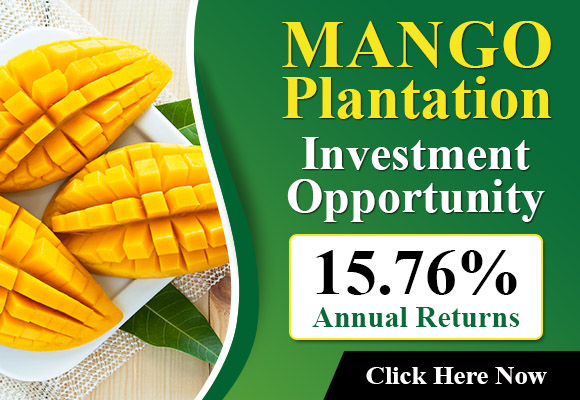Within the Columbia Basin of Washington, an area that is known by its ability to grow food, growing potatoes, apples, along with a myriad of different vegetables, the farming community continues to be optimistic even in the midst of the harvesting season. Dale Lathim, executive director of the Potato Growers of Washington, considers the region’s natural agricultural advantages, saying, “We aren’t the best but we’re lucky.”
The fruit harvest, which is one of the mainstays of the Northwest’s agriculture sector, is advancing with good forecasts despite worries about the effects of spring’s weather. Tianna DuPont is one of the Tree Fruit Extension Specialist, offers a bright future for the quality of the crop. The climate’s variability in the region can pose challenges, but has helped to boost the recovery, which bodes in the direction of the 2024 season.
As for asparagus, Washington’s position as the world’s leading producer has been enhanced by an increase in organic farming, currently making up around 8 percent of the total harvest. The farms that grow asparagus in Washington are concentrated in the Tri-Cities are a significant contributor to the production of each year and its economic benefits, as have advances on cultivation techniques that increase the yields.
The sectors of blueberries and cherries have seen a variety of conditions. The cherries in particular seeing the highest level of achievement in 2024. It produced about 380 million pounds worth of cherries. BJ Thurlby, president of the Washington Fruit Commission, highlights the extraordinary qualities of this year’s cherries.
Hazelnut and grape cultivation is seeing positive growth too. The harvest of grapes is anticipated to exceed previous years’ quantity, while the production of hazelnuts has increased as well, which is resulting in Washington growing into a significant source of hazelnuts especially with organic hazelnuts. This is an area that is not being explored by neighbouring Oregon because of the limitations on disease.
However, not all reports are equally positive. Pear industry is facing difficulties due to weather conditions that are harsh, which lead to reduced production. Stone fruit farmers suffered substantial losses because of the extremely cold and frosty conditions that have affected peaches, plums and nectarines.
In contrast, the sector of potatoes within the Columbia Basin has experienced a good start to the season with optimistic expectations of yields despite the difficulties caused by the heat wave of July. Lathim’s observations highlight the resiliency and flexibility of the area’s potato farmers.
When the season is winding down as the season winds down, the vast agricultural landscape that is the Columbia Basin reflects both the difficulties and victories of its farmers, emphasizing the importance of this region to the wider agricultural sector.
Columbia Basin Herald Source Columbia Basin Herald
Source: The Plantations International Agroforestry Group of Companies
